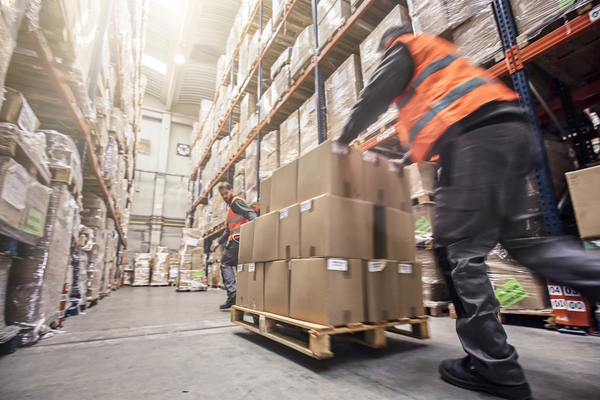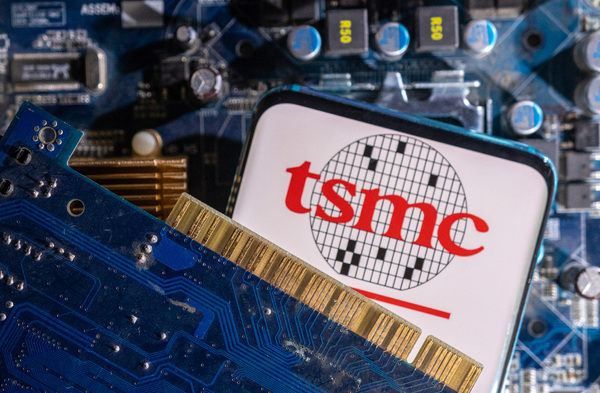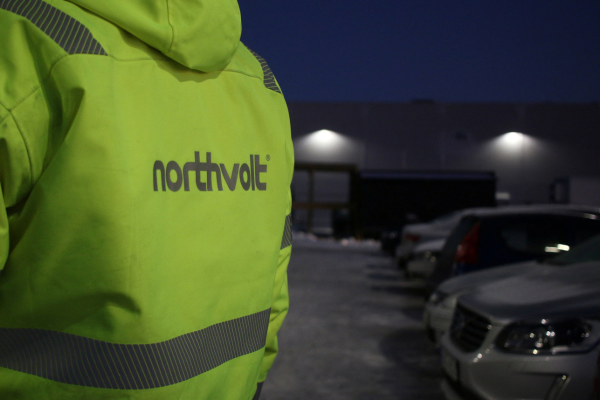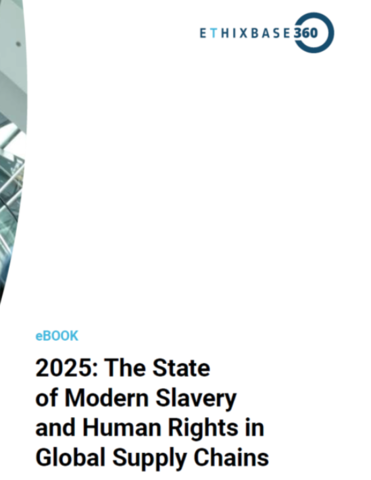Here’s what businesses and consumers can do to tackle modern slavery in supply chains
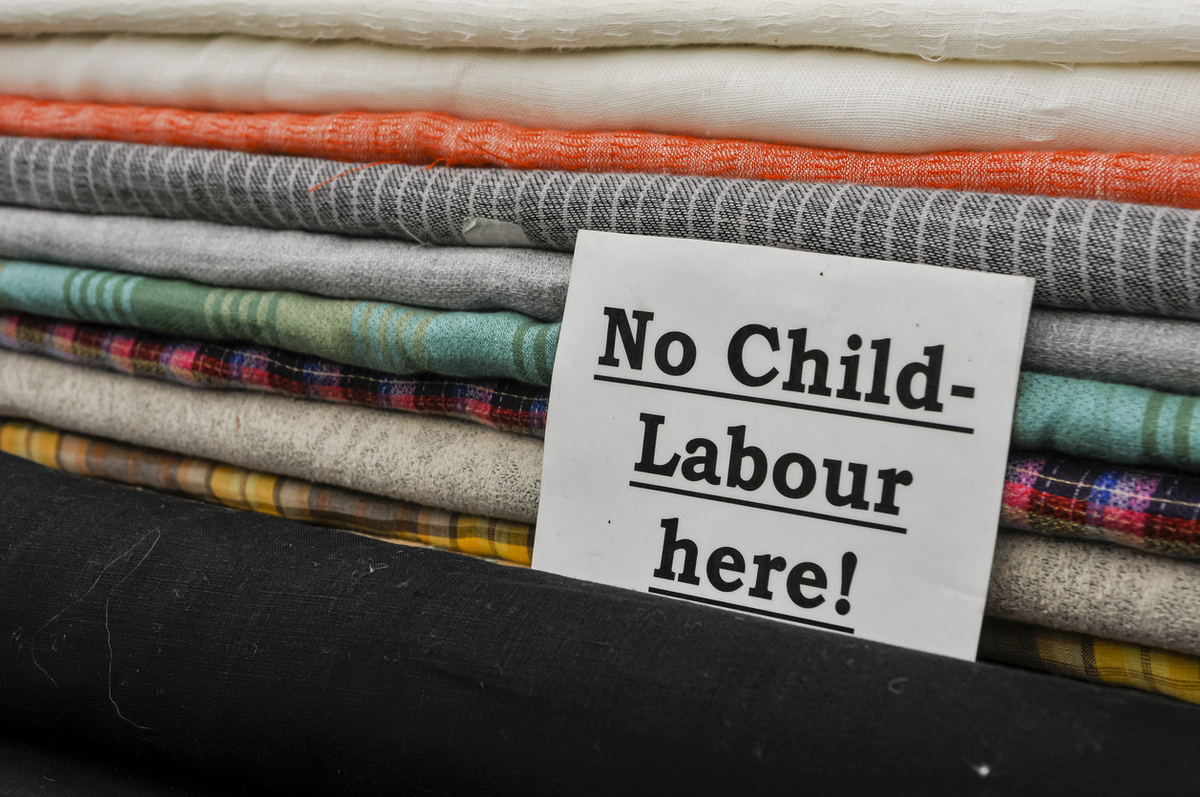
Even though the practice of slavery has been formally abolished, an estimated 49.6 million people are in forced labour globally, a quarter of which are children.
Modern slavery is an umbrella term that refers to situations where exploited individuals cannot leave because of threats, violence, coercion or the abuse of power. It includes a variety of practices such as forced labour, bonded labour and human trafficking.
Modern slavery affects the supply chains of many goods and services used everyday. ChatGPT, which has an estimated 13 million daily users, was developed using contractors from Kenya earning between $1.32 and $2 per hour.
Such practices are similar to the labour violations found in fast-fashion supply chains, where employees are unable to find fair-paying work and are trapped working for exploitative employers.
A third of the world’s cobalt supply, a key material in the manufacture of electric vehicles, comes from small-scale mines associated with dangerous working conditions and labour abuses.
In 2019, it was reported that school children were made to work overnight at Foxconn, an Amazon supplier, in China to meet production targets for Alexa devices.
The question remains: what can both businesses and consumers do to remove slavery from supply chains?
Types of modern-day slavery
Forced labour, bonded labour and forced child labour are the labour abuses most prevalent in today’s global supply chains. While modern slavery is most commonly associated with forced labour, there are several other forms that it takes.
Affecting an estimated 27.6 million people worldwide, bonded labour — where a person is forced to work to pay off debt — is the most common form of slavery.
Forced child labour, including the unlawful recruitment of child soldiers, affects at least 12.5 million children.
Child labour is a complicated topic for many, given that children may work on family farms. However, child labour specifically is identified as labour that is exploitative and may be physically dangerous or detrimental to the development of children.
The primary driver of child labour appears to be extreme poverty that requires families to use children as a much-needed income source. Arguably, weak state interventions into child labour allow the practice to continue.
Sex trafficking, defined as a form of trafficking that “involves recruiting, moving, or holding victims for sexual exploitation purposes,” affects a further 6.3 million people.
Forced labour and domestic servitude account for the remaining 3.2 million people in modern slavery. Domestic servitude occurs primarily in residences where individuals are hired to perform domestic work as live-in workers and unable to leave because their documents have been confiscated.
Causes of modern-day slavery
Modern supply chains are incredibly complex. Even a seemingly simple product such as the Barbie doll has a global supply chain that spans over one hundred countries.
Typically, organizations will outsource and engage in sub-contracting to manage the demands of complex supply chains. Because the parent organization is often distant from supplier organizations, there are often transparency issues about the working conditions at suppliers.
Complex supply chains can increase the risk of modern slavery. The use of labour recruiters or sub-contracted workers allows slavery to emerge and thrive.
In addition, forced and bonded labour is very difficult to detect because of the complexities of modern value chains. For example, there are over 6.3 million sellers on Amazon, each with their own supply chains.
A significant amount of financial and human resources is needed to detect modern slavery practices. The current global labour market conditions mean there is a lack of skilled purchasing professionals available to undertake these tasks.
Anti-slavery legislation
Some countries have legislation that attempts to dissuade some of the forms of slavery. However, only 24 of the 193 UN member states have provisions that address each form of exploitation, and only five have criminal provisions addressing each of the five international instruments for addressing human exploitation. Only two states in the world have criminal provisions in place for all practices of slavery.
In Canada, the third reading of Bill S-211 — a supply chain transparency bill — recently took place in the Canadian House of Commons. While all speakers agreed that modern slavery needs to be fought, there is disagreement about what exactly should be included in the legislation and how far such legislation can go.
As a transparency bill, Bill S-211 has no criminal provisions and places the responsibility for ensuring there is no slavery present in supply chains on the companies themselves. The bill will do this by requiring companies to report on their policies and due diligence activities.
However, only government departments and publicly traded companies listed on the Canadian stock exchange that do business, have a place of business or have assets in Canada are required to report.
If slavery is discovered, companies must report on how they intend to eliminate it. Only companies that meet at least two of the following conditions will be required to do this reporting: having at least $20 million in assets, generating at least $40 million in revenue or employing an average of at least 250 employees.
What can companies do?
While it may be challenging for organizations to manage all the activities within their global supply chains, there are best practices responsible firms can adopt.
First, organizations can create and manage supplier contracts in a way that ensures suppliers recognize and adhere to international labour laws and modern slavery legislation.
Second, large private and public sector organizations can work with small-to-medium enterprises to raise awareness of the risk factors associated with modern slavery.
Some of these high risk factors include industries which are labour intensive, such as agriculture, mining, or construction, dangerous or physically demanding work, high numbers of temporary, seasonal, or agency workers, and operating in countries with inadequate labour laws and enforcement.
Additionally, organizations can ask their suppliers to report on the actions they are taking to remove modern slavery from their supply chains.
What can consumers do?
Arguably, organizations have the responsibility and the opportunity to remove modern slavery from their supply chains. However, recent research suggests consumer behaviour is the most powerful way to reduce instances of modern slavery.
Indeed, the strongest motivation for an organization to take meaningful action to address modern slavery in their supply chains is consumer pressure. As has been witnessed in numerous recent examples, negative media coverage is a strong motivator for organizations to take action.
Conversely, an ambivalent attitude from consumers is an enabler of modern slavery. Eradicating modern slavery requires consumer action. When it comes to modern slavery, then, the power really is with the people.![]()
Stuart Milligan, Associate Teaching Professor of Supply Chain Management, Thompson Rivers University and Nancy Southin, Associate Professor of Supply Chain Management, Thompson Rivers University
This article is republished from The Conversation under a Creative Commons license. Read the original article.

Business Reporter Team
Most Viewed
Winston House, 3rd Floor, Units 306-309, 2-4 Dollis Park, London, N3 1HF
23-29 Hendon Lane, London, N3 1RT
020 8349 4363
© 2025, Lyonsdown Limited. Business Reporter® is a registered trademark of Lyonsdown Ltd. VAT registration number: 830519543
